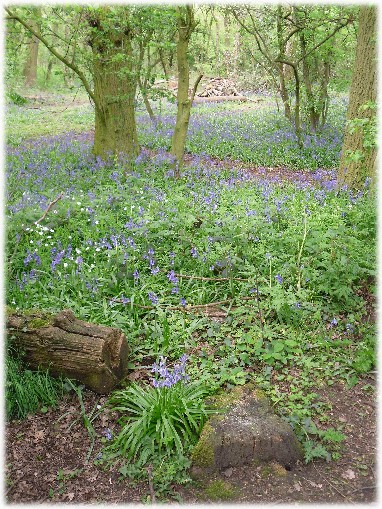Friends of Putnoe Woods and Mowsbury Hillfort
Putnoe Woods
Putnoe wood has a long history and was once part of a much larger wooded landscape. The area was first recorded in the Domesday Book in 1086 as Salf End and Buckelowe (Putnoe) with the tenant in chief being named as Hugh of Beauchamp. Before this date there is evidence that a Saxon named Putta had settled here and then later in 1066 being the property of Anschil or Asketill a name of Scandinavian origin.
During the 12th century Putnoe Manor and its lands was endowed to the Cistercian Abbey of Warden and remained in the possession of the monastry until the dissolution in 1537.
In 1224, Considerable damage was done to Putnoe Wood during the nine weeks siege of Bedford Castle. The Royal forces of Henry III using the wood as a convenient source of timber. Warden Abbey demanded and received annual compensation for their ravaged woodland during the remainder of the King's lifetime. This was renewed in 1304 for a further 20 years. A full century was needed for the complete recovery of the wood.
The estate passed to the Gostwick family of Willington in 1539 and they retained it for two hundred years.
Later owners include The Dukes of Bedford one of whom in 1871 held the title of Lord of the Manor of Putnoe. In 1798, the first botanical records of Putnoe Wood were recorded in Charles Abbot's 'Flora Bedfordiensis', Charles Abbot was a well known local parson and botanist.
Up until 1934 the wood had been part of Goldington Parish but when Goldington village was absorbed into Bedford it was transferred to Ravensden.
The Wood as it is today was purchased by Bedfordshire County Council in the mid twentieth century from the proceeds of the sale for the present Midland Road Station and now is owned and managed by Bedford Borough Council.
